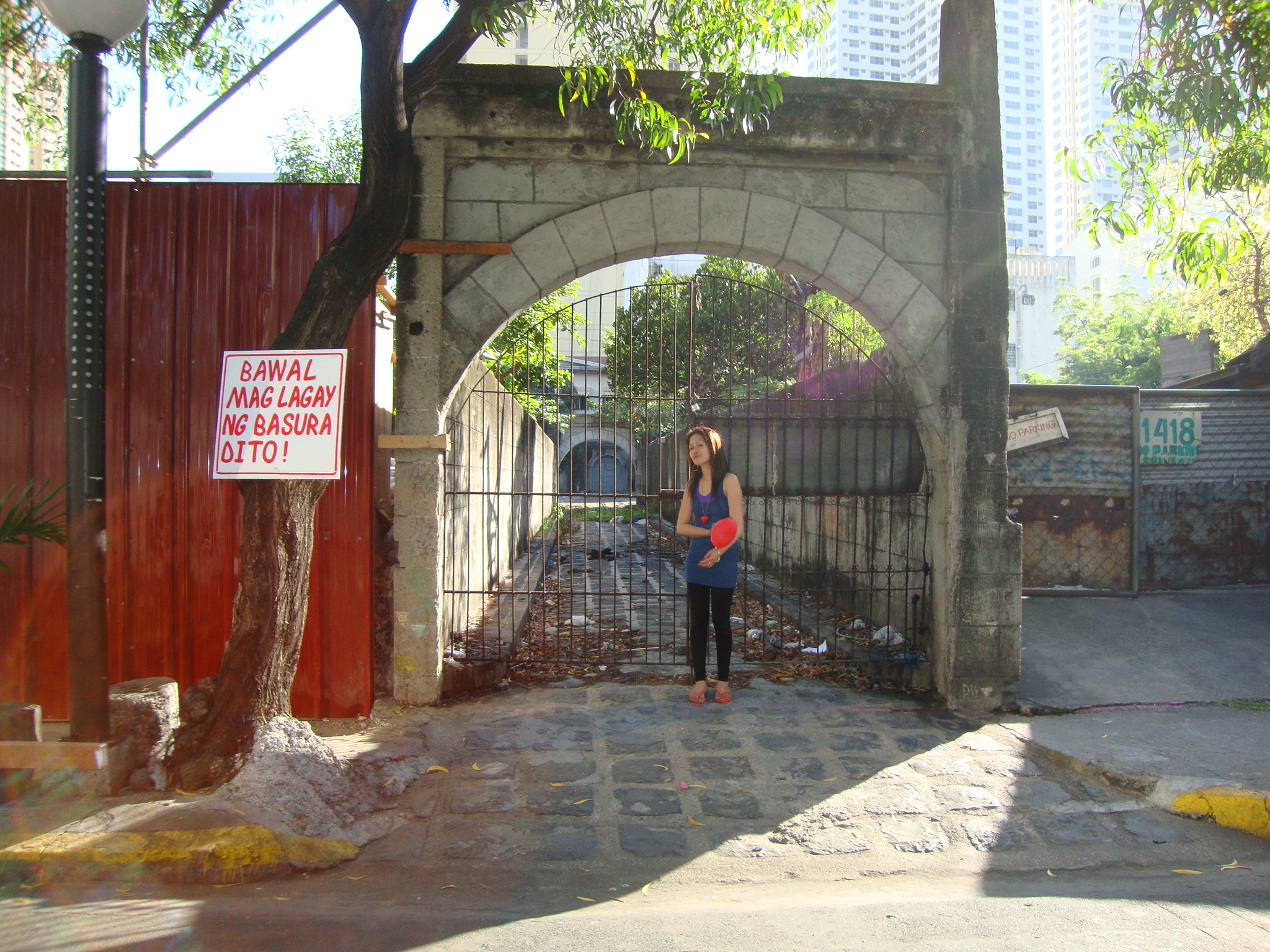DOWNTOWN MALATE Our Malate Valentine’s Day love stroll continues. =)
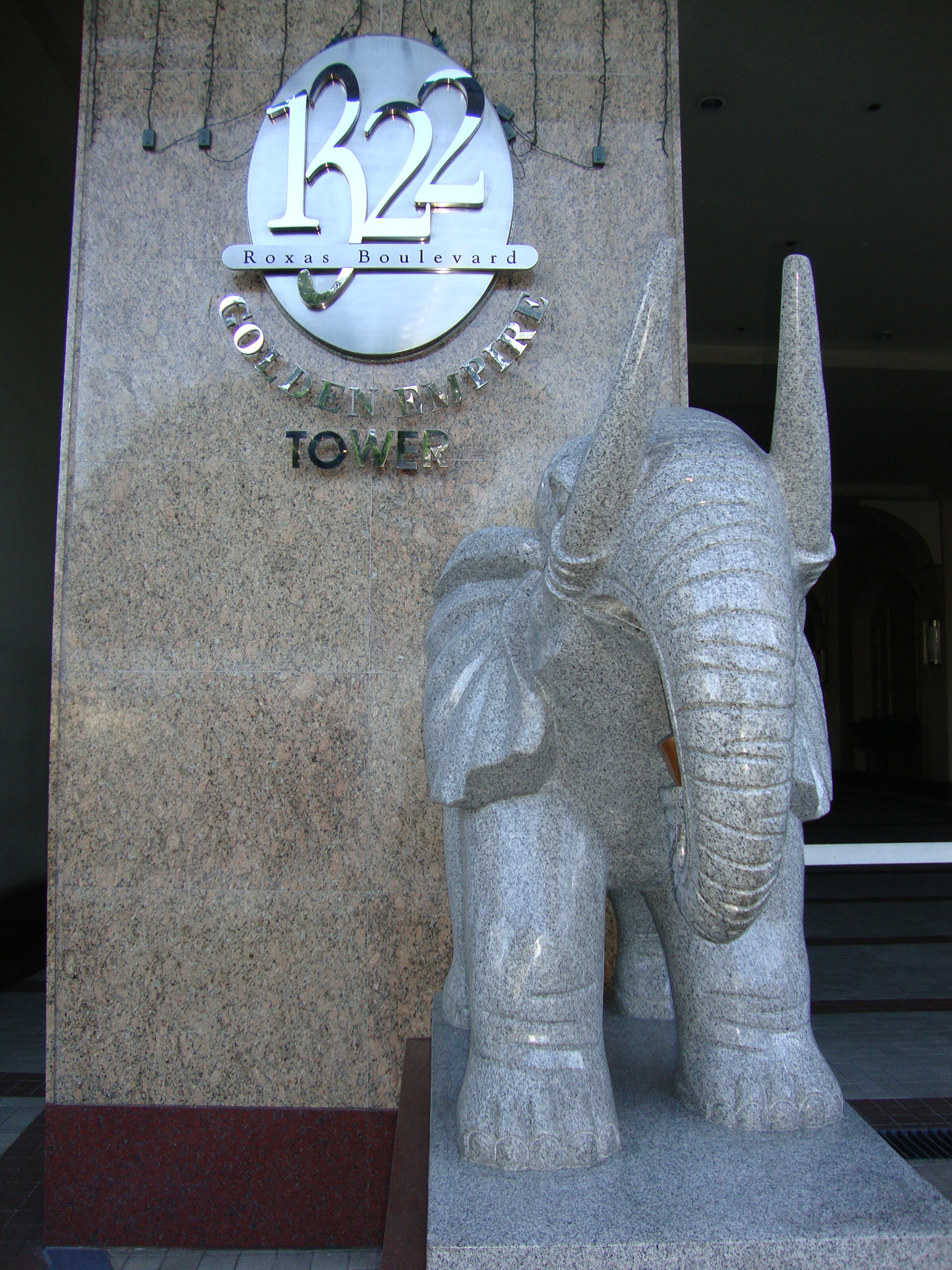

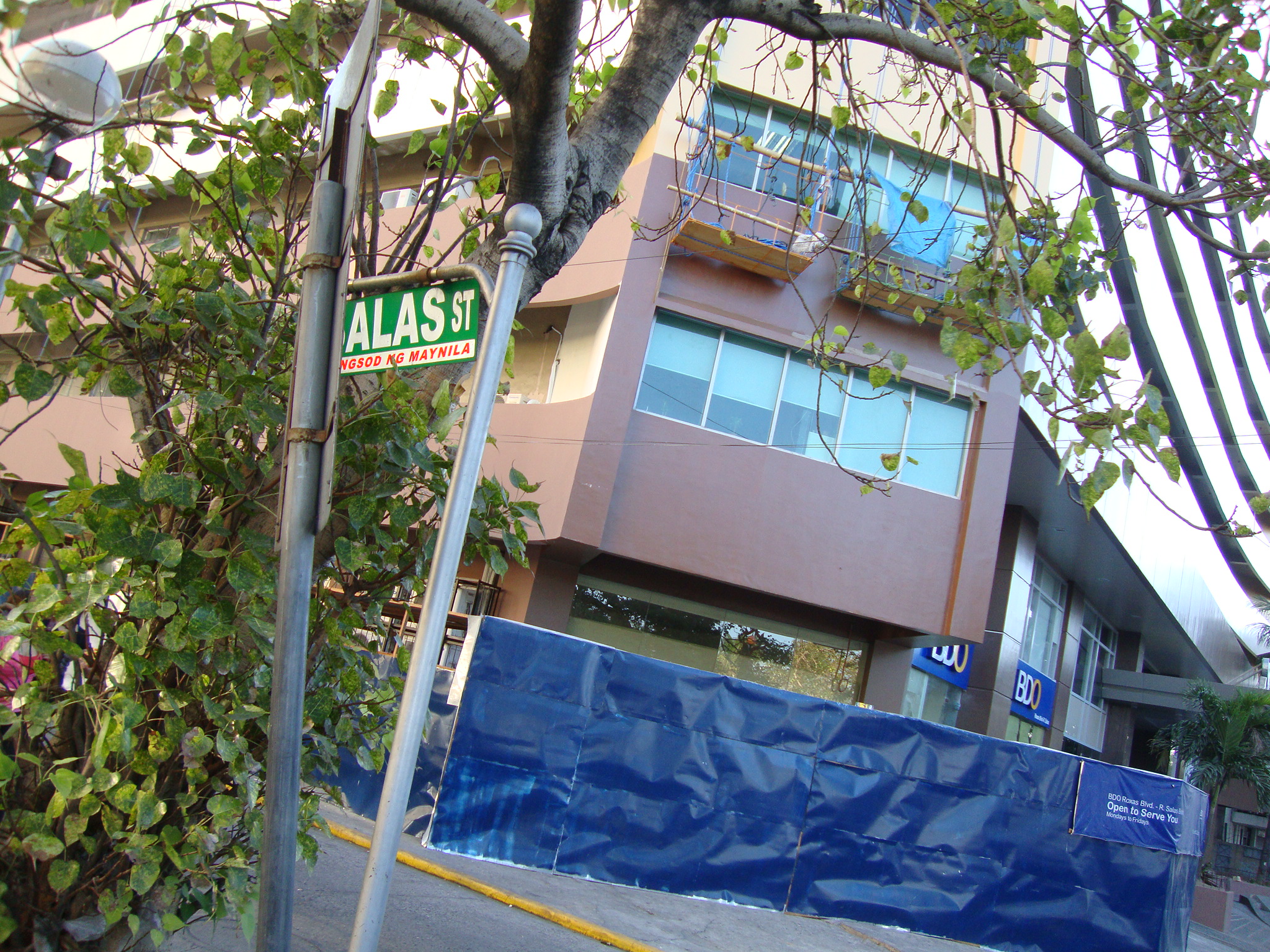
Calle Alas? Not. It's Calle Salas, named after a Spanish newspaper editor in Manila by the name of Romero Salas. Before the 1930s, this street used to be known as Calle Divisoria.


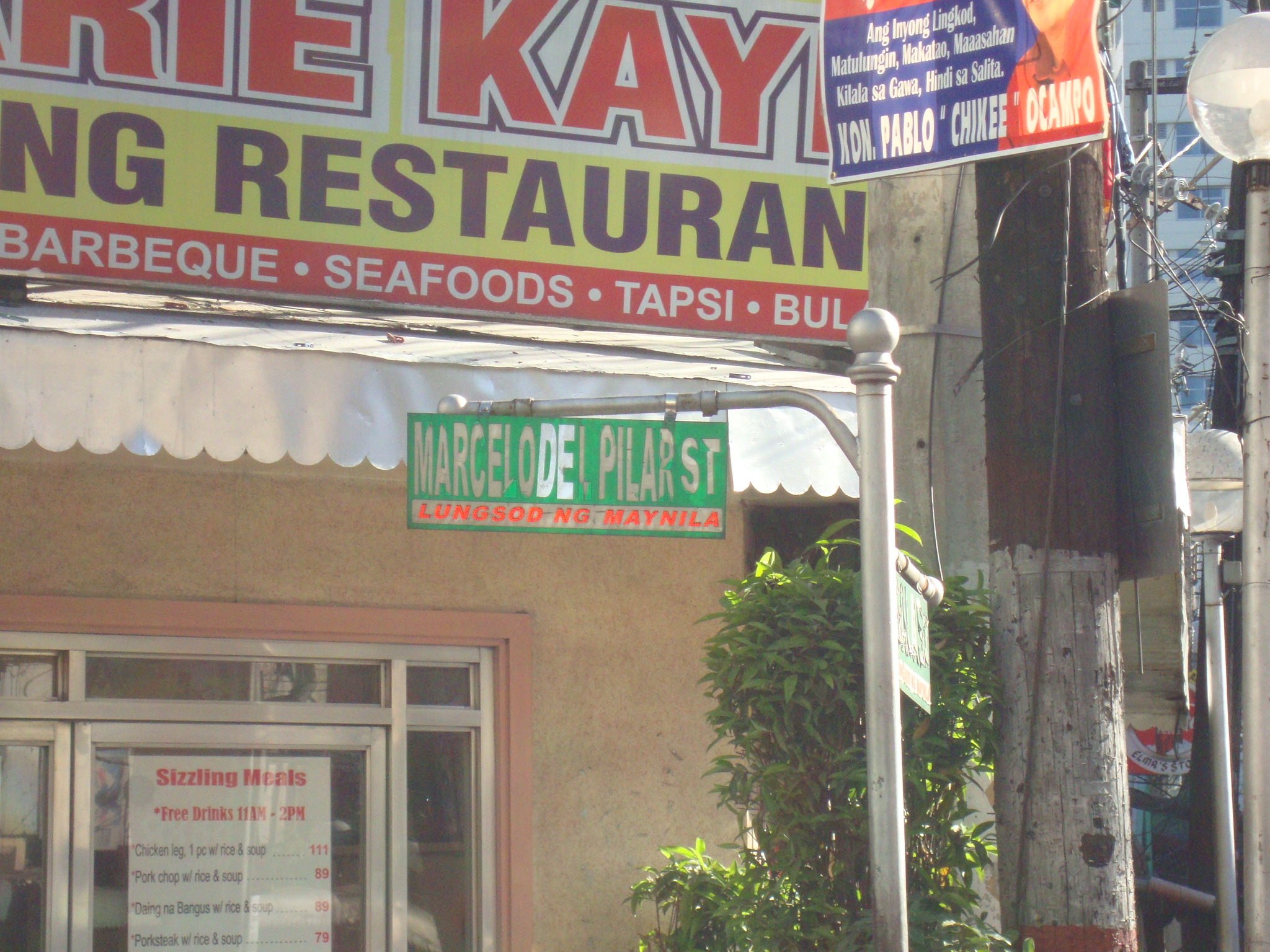
Calle Marcelo H. del Pilar, named after the famed Filipino writer and propagandist from Bulacán. He almost became the national hero when the 1901 Philippine Commission was looking for one. But they unanimously chose José Rizal mainly because of the latter's dramatic death (compared to del Pilar's natural death due to tuberculosis).

Calle Santa Mónica was named after San Agustín's mother. It was said that she stormed heaven with her prayers for the conversion of her then sinful son.




Robinson's Place Manila is situated between the districts of Malate and Ermita. But technically, it's already within the jurisdiction of Ermita.

Calle Adriático was named after the hispanist, Macario Adriático. He was a Mindoreño representative to the First Philippine Assembly. Calle Adriático was then known as Calle Dakota. Up to now, old Manila folk --and many a jeepney driver-- still refer to this street as Dakota. This long street is shared by Malate and Ermita.
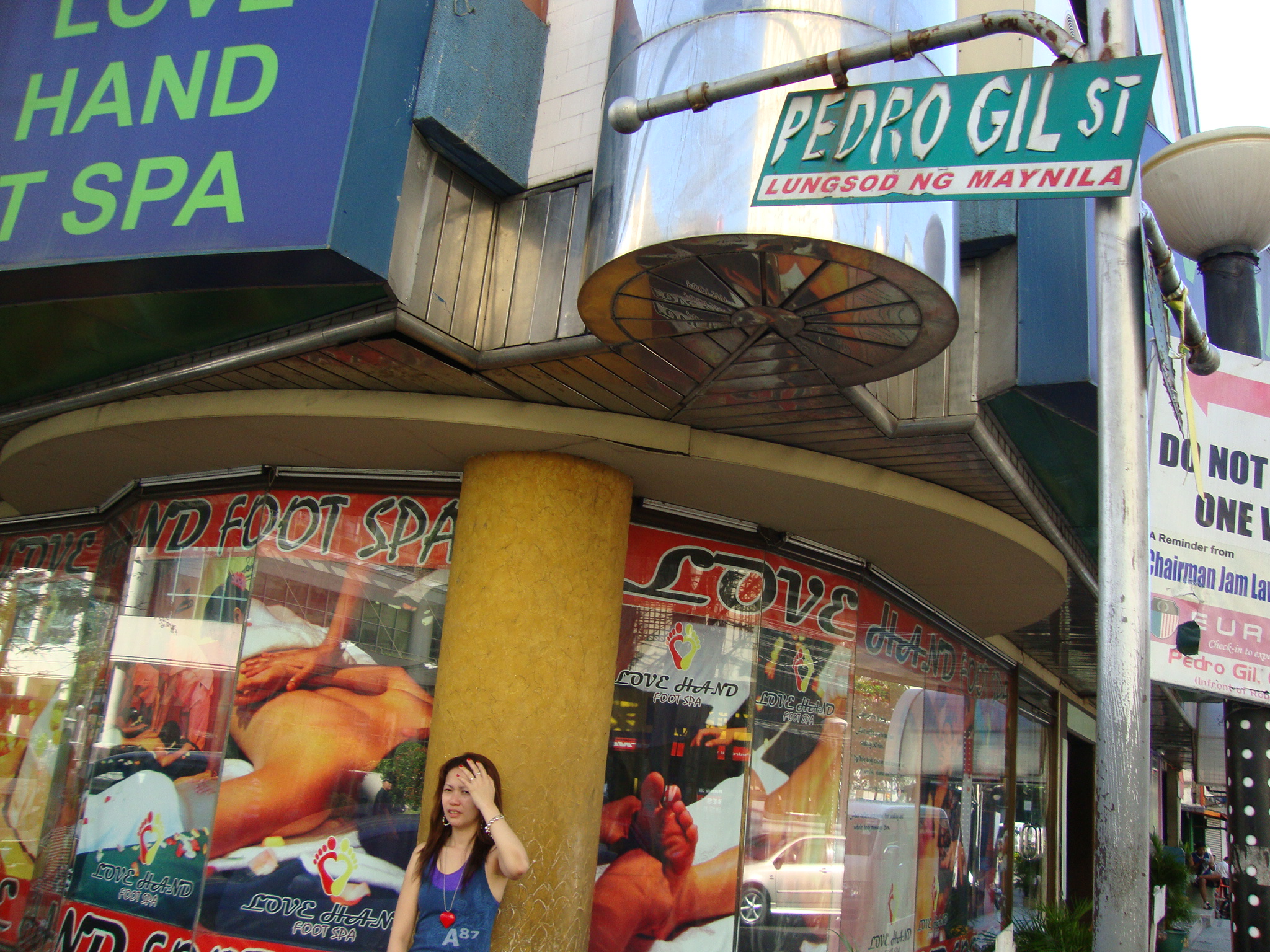
Calle Pedro Gil was named after a journalist-turned-politician during the American occupation of the Philippines. He later became an ambassador to Argentina. Calle Pedro Gil was once known as Calle Herrán (some people still refer to it as such) in honor of the Spanish naval captain José de la Herrán who defended Manila Bay against the American invaders in the now famous (and one-sided) Battle of Manila Bay.
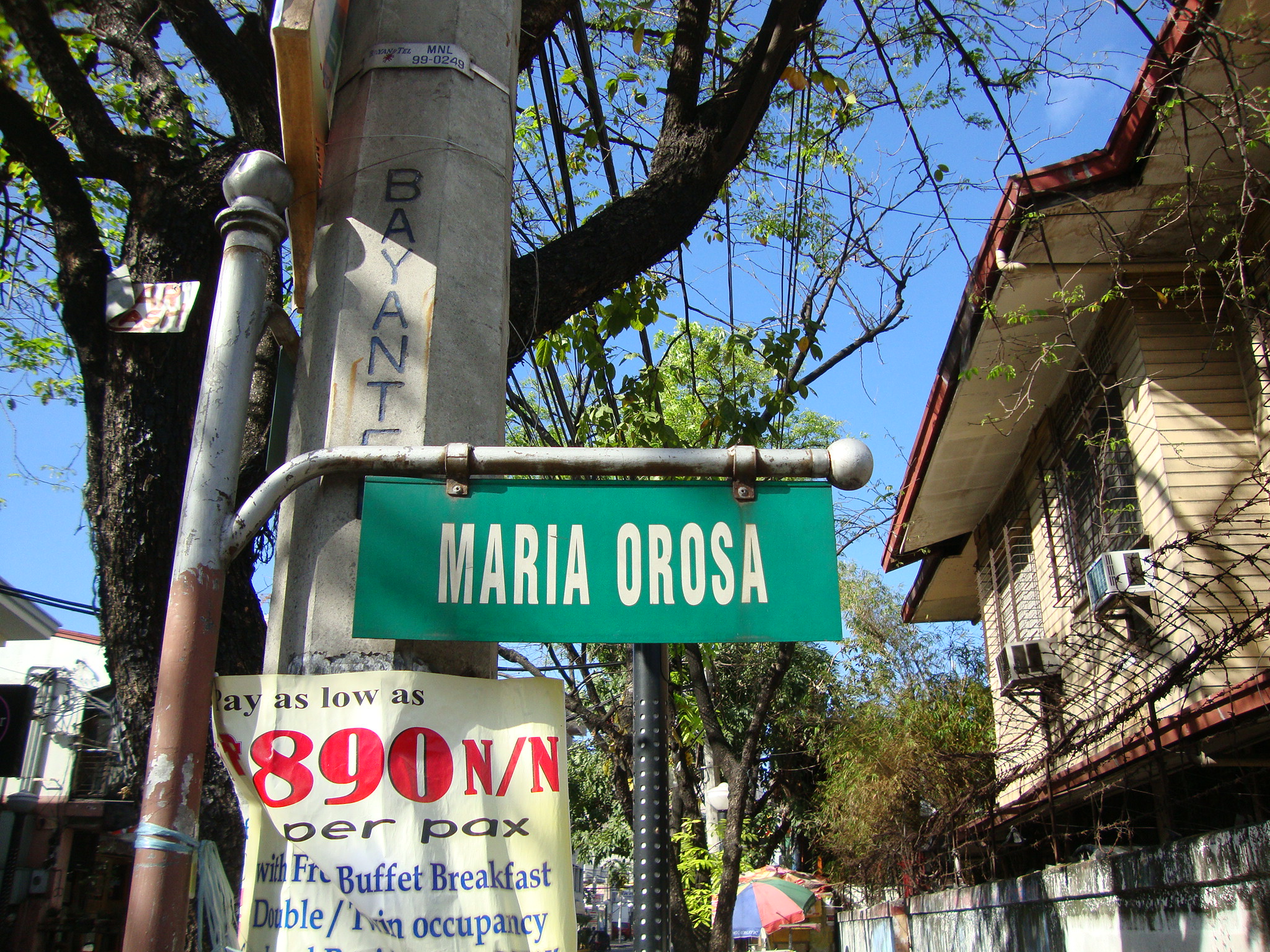
Calle María Y. Orosa (once known as Calle Florida) was named after the famous Filipina home economist who invented the “clay oven”. She fought against the Japanese and was killed in battle.

Calle Julio Nákpil is a street named in honor of the musician-patriot from Quiapò who fought under Andrés Bonifacio. He later married Bonifacio's widow, Gregoria de Jesús.

Calle Guerrero (formerly known as Georgia Street) is from Luis Mª Guerrero of the illustrious Familia Guerrero of nearby Ermita district. He was a famous pediatrician during his time.
 In this video, we interview a homeless man who sleeps on the streets of Malate. He said the money given to him as a relocation fee by the people who took over his former home was stolen by a certain “Chairman López”.
In this video, we interview a homeless man who sleeps on the streets of Malate. He said the money given to him as a relocation fee by the people who took over his former home was stolen by a certain “Chairman López”. 
This arátiles tree serves as shade for the homeless man we interviewed. Little did we know that we're about to meet more homeless people (to be concluded tomorrow)...







